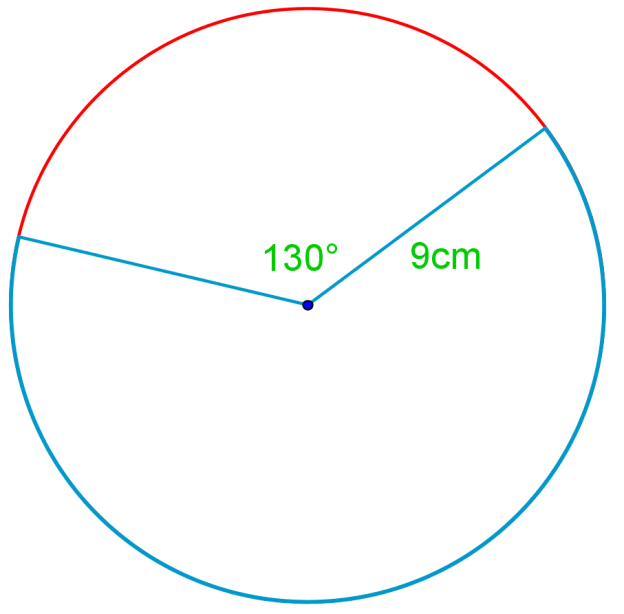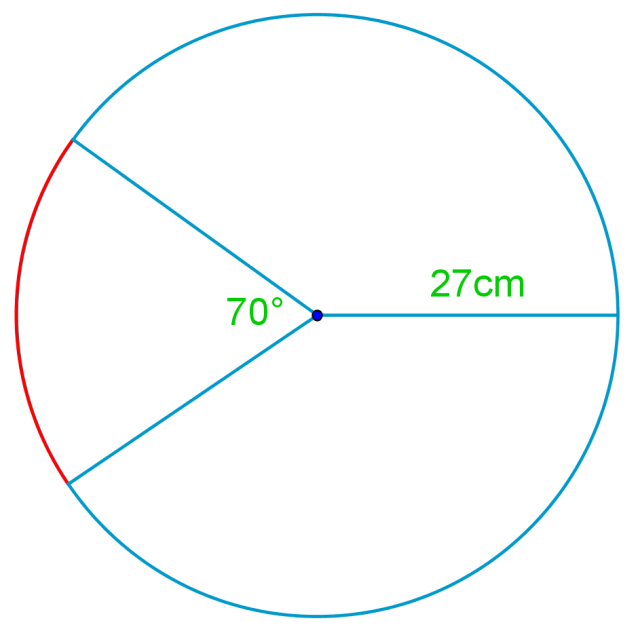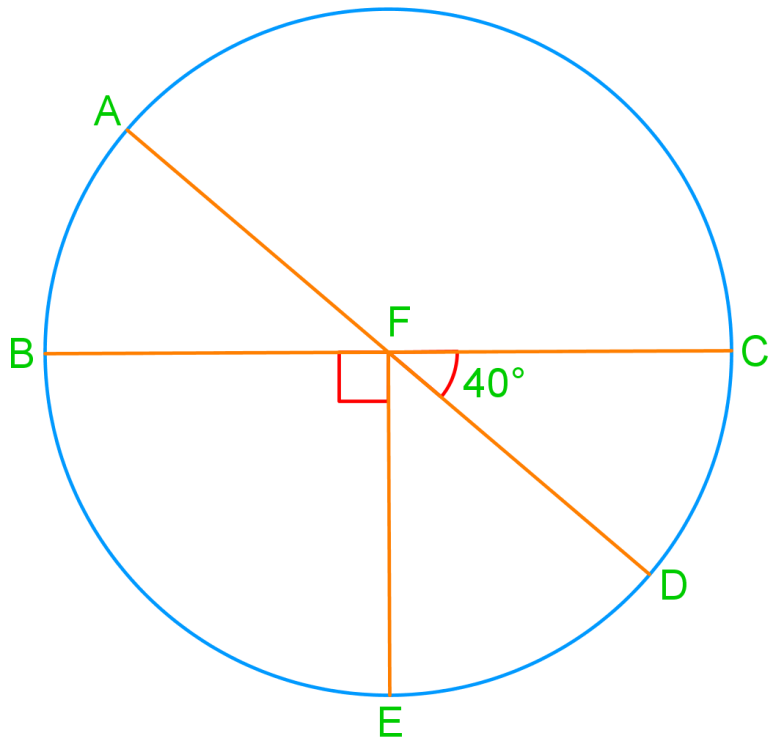Introduction to Arcs of a Circle
Welcome to our exploration of arcs of a circle! This fundamental concept in circle terminology is crucial for understanding more advanced geometric principles. An arc is simply a portion of the circumference of a circle, and it's a key element in many mathematical calculations. In our introduction video, we'll dive deep into what arcs are, how they're measured, and their relationship to other parts of a circle. This video is an essential starting point for grasping the concept fully. As we progress, you'll see how arcs play a vital role in various real-world applications, from architecture to engineering. Remember, mastering arcs is like unlocking a new level in your geometry skills! Don't worry if it seems challenging at first with practice and patience, you'll soon become comfortable working with arcs. So, let's get started on this exciting journey through circle terminology, beginning with these fascinating curved segments!










